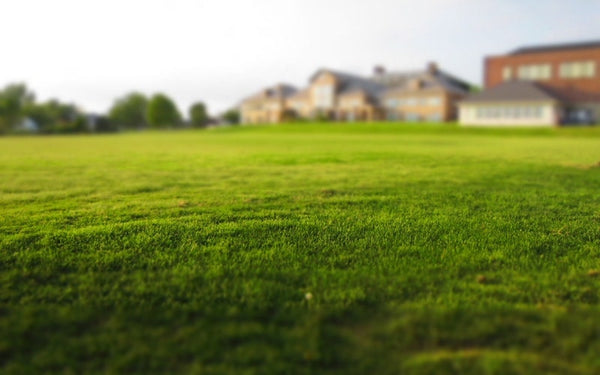Synthetic grass is designed to replace the natural turf. Compared to the natural ones, this type requires little to no maintenance. You only need to clean it to keep its beauty. Furthermore, it helps you save money in the long run. It doesn’t need water and fertilizer to survive.
However, you can only get its benefits if your artificial lawn won’t melt. Disintegration is one of the common concerns of many synthetic grass users. The turf starts to melt if you see the following signs:
- The size of the lawn begins to shrink.
- Patchiness and discolorations are already present.
- The synthetic lawn is too hot.
But what could be the factors that trigger the synthetic grass to melt?
-
Heat Exposure
One of the common reasons why your artificial grass melts is heat exposure. When we say heat exposure, we’re not only referring to the sunlight. Direct contact of heat, such as fire, will also cause melting.
Because the fire is directly applied to the lawn, it will reach its melting point, causing it to disintegrate.
-
Mirror
The mirror also triggers the fake turf to melt. If you have a mirror outside your building, it will reflect the sunlight and bounce it to the grass. Consequently, it will increase the lawn’s temperature, causing the grass blades to melt.
-
Polished Gutters
Gutters are used to keep the water away from your home. It works like a funnel as it is where the rain or melted snow flows. This will benefit your home interior as it prevents flooding.
However, it causes the synthetic grass to melt. Newly polished gutters absorb heat and reflect sunlight. Thus, it results in increasing the heat of the surface, which leads to turf disintegration.
-
Energy-Efficient Windows
Energy-efficient windows are made specifically to help homeowners cut their energy costs. It traps the air in the houses and stabilizes temperature. Moreover, it lets the natural light come into your room.
It could be the best replacement window due to the mentioned benefits. However, it will cause the faux grass to melt. It has reflective properties that trigger the lawn to disintegrate.
What Do These Factors Have in Common?
As you have noticed, all factors have reflective properties. Reflection happens when light bounces off an object. It transfers the light and heat to the receiving area (in this case, the turf), which causes the temperature to increase.
Fortunately, you can prevent the grass from melting. You only need to use a perforated window film. This particular screen is used for advertising. However, you can also use it at home to protect your turf. It minimizes reflection, and thus, absorbs heat. Hence, you’re guaranteed that your lawn is safe from melting.
Many companies offer perforated window films. However, only a few manufacturers sell premium products.
If you want to ensure that your synthetic grass is protected, then you can purchase the products made by the Turf Guard. Call our hotline and get a free quote from our company.










